Please feel free to contact us if you are interested in our products or want to know more details or the latest price. We sincerely hope to cooperate with customers all over the world! Send your inquiry now!
Cooking oil processing machines which can process various oil seeds, including peanut, soybean, sunflower seed, palm, palm kernel, sesame, rapeseed, cotton seed, etc.,
vegetable and sunflower oil industry in togo
- Use: sunflower oil
- Type: sunflower oil extraction equipment
- Production Capacity: 100TPD oil filter
- Voltage: 220V/380V/440V
- Power(W): depend on capacity
- Dimension(L*W*H): 5432*2636*2345
- Weight: 850 KG
- Certification: ISO9001
- After-sales Service Provided: Overseas service center available
- Keywords: oil filter crusher
- Name: oil crusher
- Material: Stainless steel
- Engineers request: 1-2 engineers
- Oil Grade: 1st,2nd,3rd
- Environment friendly: yes
- Business Methods: hot&cold press machine
- oil rate: 20%-98%
- Market: togo
Sunflower in the global vegetable oil system: situation
Sunflower is the third oilseed produced in the world, the fourth vegetable oil and third oilseed meal among protein feed sources. In the past decades, the competition has been tough on the very
Sunflower oil is the non-volatile oil pressed from the seeds of the sunflower (Helianthus annuus). Sunflower oil is commonly used in food as a frying oil, and in cosmetic formulations as an emollient. Sunflower oil is primarily composed of linoleic acid, a polyunsaturated fat, and oleic acid, a monounsaturated fat.
Sunflower Oil Production by Country 2024 - datapandas.org
Turkey comes fourth with an annual sunflower oil production of 721.9 thousand tons, closely followed by France with a production of 632.9 thousand tons. Hungary and Spain produce 566.1 thousand tons and 503.5 thousand tons of sunflower oil respectively. Romania in the eighth position, produces 454.6 thousand tons of sunflower oil.
The global sunflower oil market size was $21.95 billion in 2023 & is projected to grow from $23.29 billion in 2024 to $37.74 billion by 2032 at a CAGR of 6.22%
Sunflower in the global vegetable oil system: situation
OCL, Oilseeds and fats, Crops and Lipids. 1 Global situation and dynamics of production. The evolution of sunflower crop at global scale and over a long period is quite remarkable, going from 10 million tons for 9.6 million ha in 1975 to 52 MnT for 27 Mha in 2018: production grew twice as fast as acreage, reflecting both a dynamic market and sustained technical progress ().
The India vegetable oil market attained a volume of nearly 33.52 MMT in 2023, driven by the extensive consumption of palm oil. Aided by the growing demand for healthy vegetable oils, the market is expected to witness a further growth in the forecast period of 2024-2032, growing at a CAGR of 14.30%. The market is projected to reach about 111.63 MMT by 2032.
More sustainable vegetable oil: Balancing productivity with
Vegetable oils are a major source of dietary polyunsaturated fatty acids (Dubois et al., 2007), and are a crucial component of wide-ranging cuisine.Steadily increasing demand for vegetable oil over at least the last 60 years, for food, industrial and energy uses, has led to increased oil crop production through expansion of cultivation area (Phalan et al., 2013; Ritchie and Roser, 2019; FAO
Sunflower oil is an oil that is extracted exclusively from the seeds of the sunflower plant. In contrast, vegetable oil is a generic term that refers to oils obtained from various plant sources, which might include soybeans, corn, or a blend of multiple plants.
Company - Kernel
Kernel is the world’s leading producer and exporter of sunflower oil, the largest producer and exporter of grains in Ukraine, and a major supplier of agricultural products from the Black Sea region to international markets. The company accounts for about 8% of the world’s sunflower oil exports. Kernel delivers its products to over 70 countries.
The bleaching earth is the most popular adsorbent for decolorization of oil and the most widely used adsorbent material by the oil industry [57, 58, 60]. Bleaching clay is favored over other adsorbents such as silica-based and activated carbon products due to its low cost and relatively high adsorption capacity [ 58 , 60 ].
What is the export/production ratio of sunflower?
If we compare the export/production ratio of the main products involved in the vegetable oils and proteins markets, we see that sunflower is traded mainly after processing: 55% of the oil volumes were exported in 2018/19, 38% of the meals, and only 5% of the harvested seeds.
What opportunities are open for sunflowers in the future?
Many opportunities could be open in future for sunflower, leading to an increased valorisation of the whole plant through a biorefinery approach and a diversification of uses of oil (for food, food industry, biofuels, biomaterials), proteins (for feed, including aquaculture, food, potentially biomaterials), and even cellulosic fraction.
Does sunflower oil affect biodiesel prices?
Sunflower oil is not directly involved in biodiesel, but most economists reach the conclusion that the emergence of biofuels made energy prices a driver of long-run agricultural price levels and that instability in energy markets is transferred to food markets ( Serra and Zilberman, 2013 ).
Could oleochemistry play a role in vegetable oil consumption?
Another element could play on vegetable oil consumption: non-food uses for oleochemistry. We know that the development of oleochemistry is highly dependent on petroleum prices competition, but also on regulations and policies which could favour a series of small markets on sustainability or biodegradability criteria.
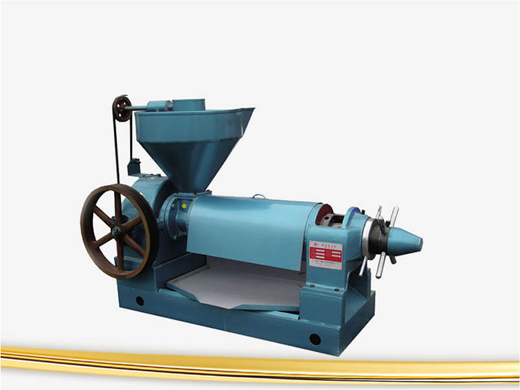
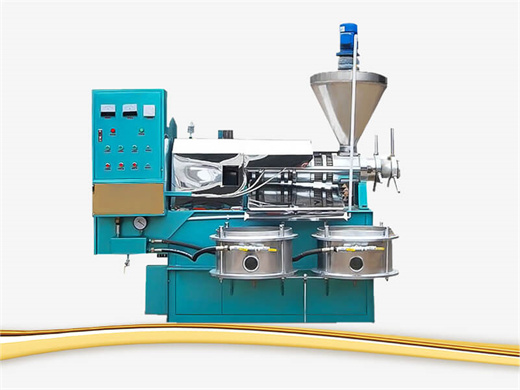

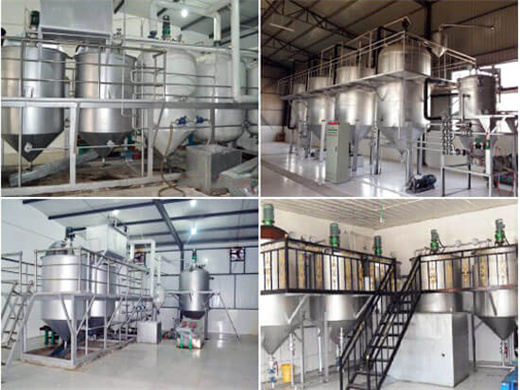
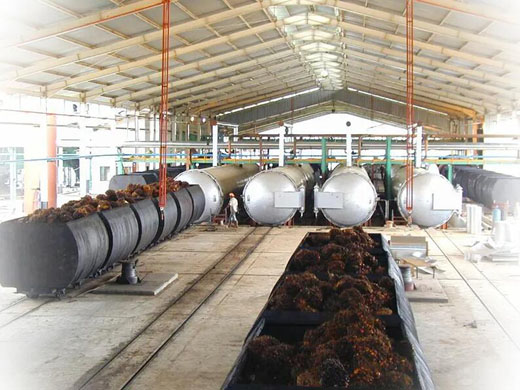
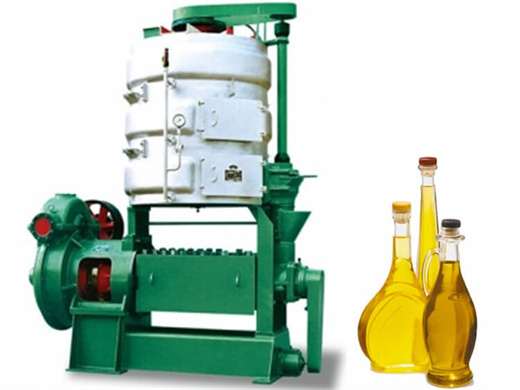
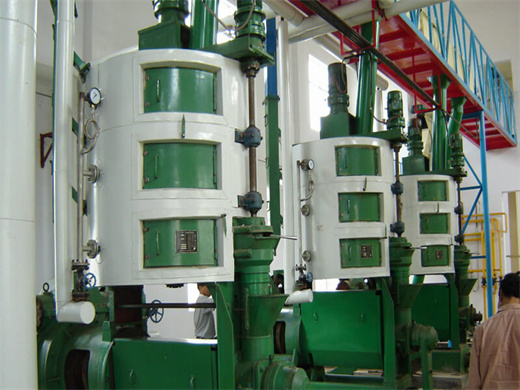
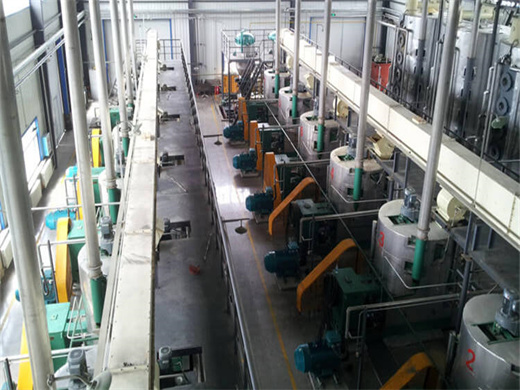




















REQUEST A QUOTE
Submit your enquiry, Our professional team will reply to you within one business day.Please feel free to contact us!